An ancestral land, Morocco has many historical sites. If some are known, others are much less. Discover the 10 main archaeological sites in Morocco.
Often forgotten, Morocco is a multi-year country. From the Prehistory to our present, to the Mauritian, Almohade and Saadian periods, Morocco has seen several civilizations and cultures pass through its territory.
Some of these archaeological sites are known to all and perfectly integrated in cities. These include the palaces of Marrakech or the imperial city of Meknes. Others are more confidential, sometimes lost in the countryside. But fans will want to take a look at it!
Are you a feru of history? Discover the 10 main archaeological sites of Morocco!
Cities, cities and ports
Volubilis
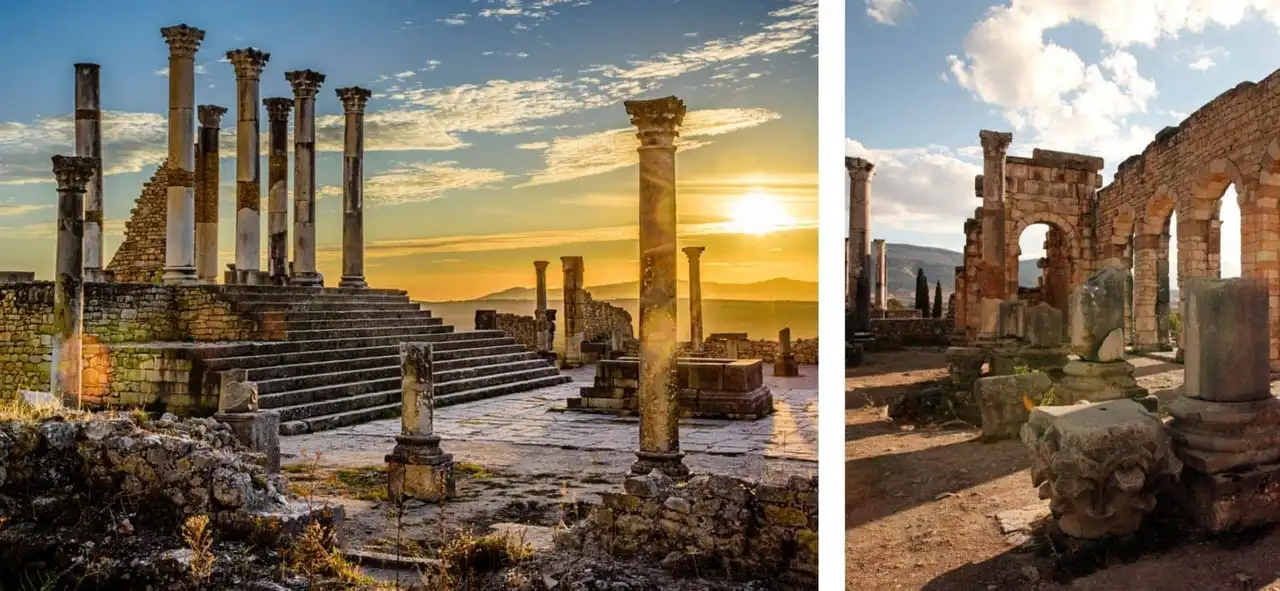
Photo credit: Shutterstock – Ondrej Bucek & akimov konstantin
Conservation condition: ★★★
Public knowledge: ★★
Historical influence : ★★★★
Classified as a UNESCO World Heritage Site, the former city of Volubilis is probably the most important archaeological site in Morocco. Volubilis is the old capital of the old Kingdom of Mauretania . Founded in the third century before our era and then occupied by the Romans in the year 44, Volubilis experienced his times of glory until the third century.
For centuries, according to the testimony of travellers of the time, the site was rather well preserved. Unfortunately, he suffered heavy damage after an earthquake in the 18th century. Under the French protectorate in Morocco, the French found traces of Volubilis and cleared the ruins to make it, a few decades later, a archaeological site of magnitude .
Volubilis is accessible because located near the city of Meknès. The best preserved buildings are the capitolin temple, the basilica and the arch of triumph. There are also some mosaics. Although unknown, Volubilis is the rare witness of a very important period of Moroccan history.
Meknès
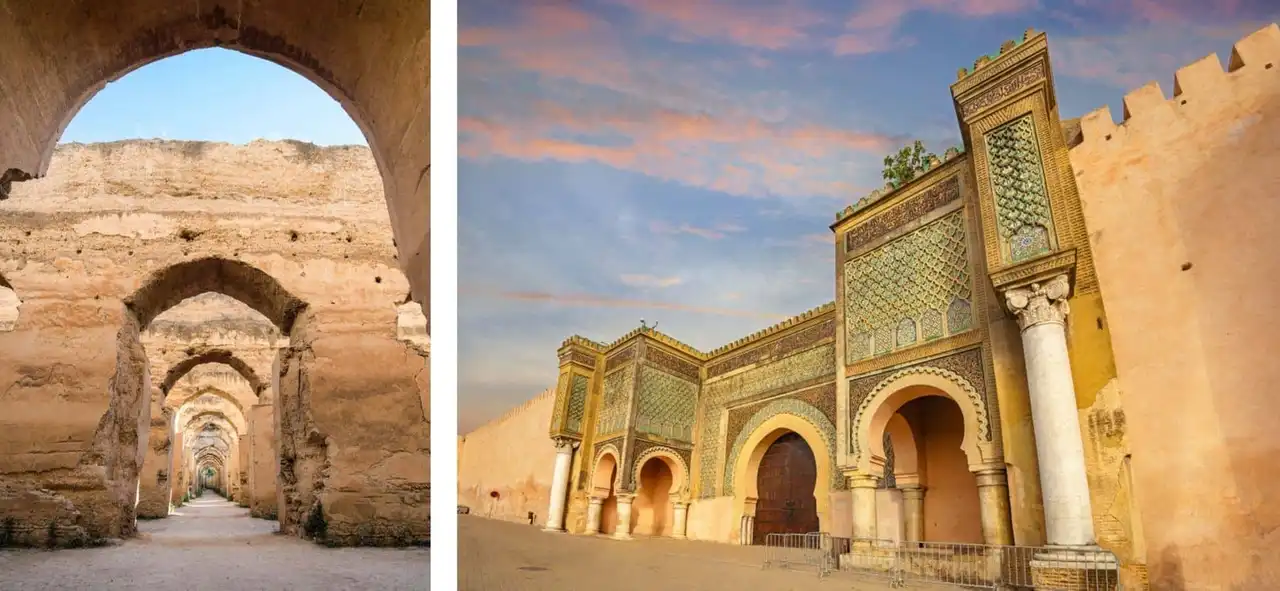
Photo credit: Shutterstock – Calin Stan & Valery Bareta
Conservation condition: ★★★★★
Public knowledge: ★★★
Historical influence: ★★★
Located a few kilometers from Volubilis, the city of Meknès can also be considered an archaeological site in Morocco. Its archaeological riches are today the most important monuments of the city.
For many, we owe them to Moulay Ismaïl , sultan alaouite of the seventeenth century. Most are part of the imperial city of Meknes, also known as the Kasbah of Moulay Ismaïl, at the time when the capital of Morocco is transferred to it.
Filed in the UNESCO World Heritage Site, the kasbah is located south of the Medina. Its most remarkable monuments are its ramparts and monumental gates. If the city appears as recent, it is because of its continued use since its construction and, therefore, continuous maintenance.
Lixus
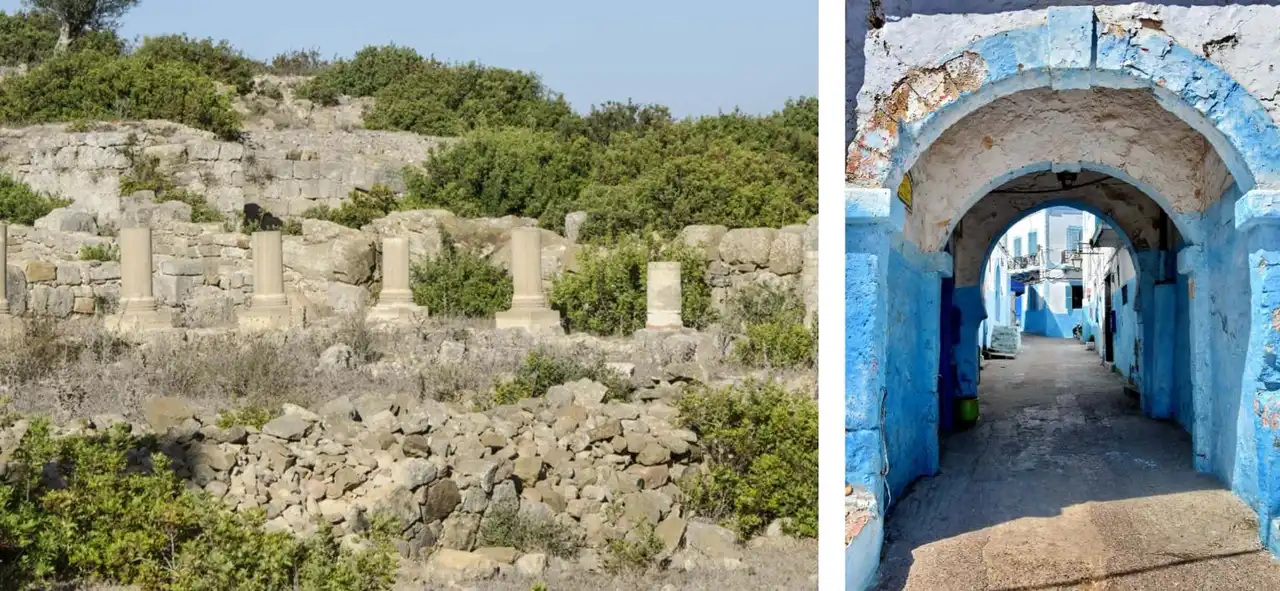
Photo credit: Shutterstock – BasiliAdvertise & TomiV
Conservation condition: ★★
Public knowledge: ★★
Historical influence : ★★
Located on a hill near Larache and the mouth of the Loukkos River, Lixus is an archaeological site in Morocco. The foundation dates back to the Phoenician era.
Although Phoenician origins are no doubt today, it is in Roman times that Lixus becomes one of the most important cities in the region. All the ruins are cleared thanks to searches conducted in the twentieth century . Among these ruins are baths, temples, ramparts of the fourth century or mosaics.
Despite the fall of the Roman Empire, Lixus remains inhabited even by the Arab people after his conquest of Morocco.
Banasa
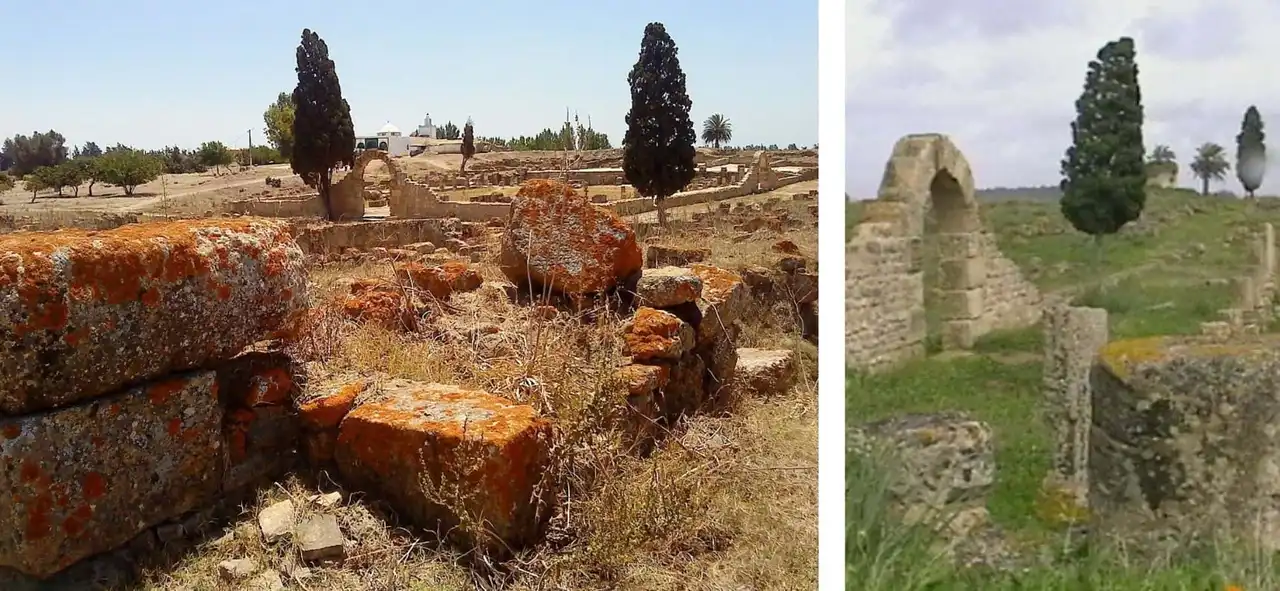
Photo credit: Wikipedia – Roinabil & Lucien Mahin
Conservation condition: ★★
Public knowledge: ★★
Historical influence : ★★
The old town of Banasa was founded around the year 30 before our era by the Romans. Rapidly abandoned in the third century, the ruins of Banasa are located near the capital Rabat, on the banks of the Sebou River.
Today, only a few stones remain and one can easily imagine the greatness of this city which was then reserved for war veterans. We can recognize it. forum , one basilica , Capitolin temple and streets.
Despite its early abandonment, many objects and mosaics were recovered. They are now preserved in the archaeological museum of Rabat . An obligatory passage for those who love ancient ruins.
Thamusida
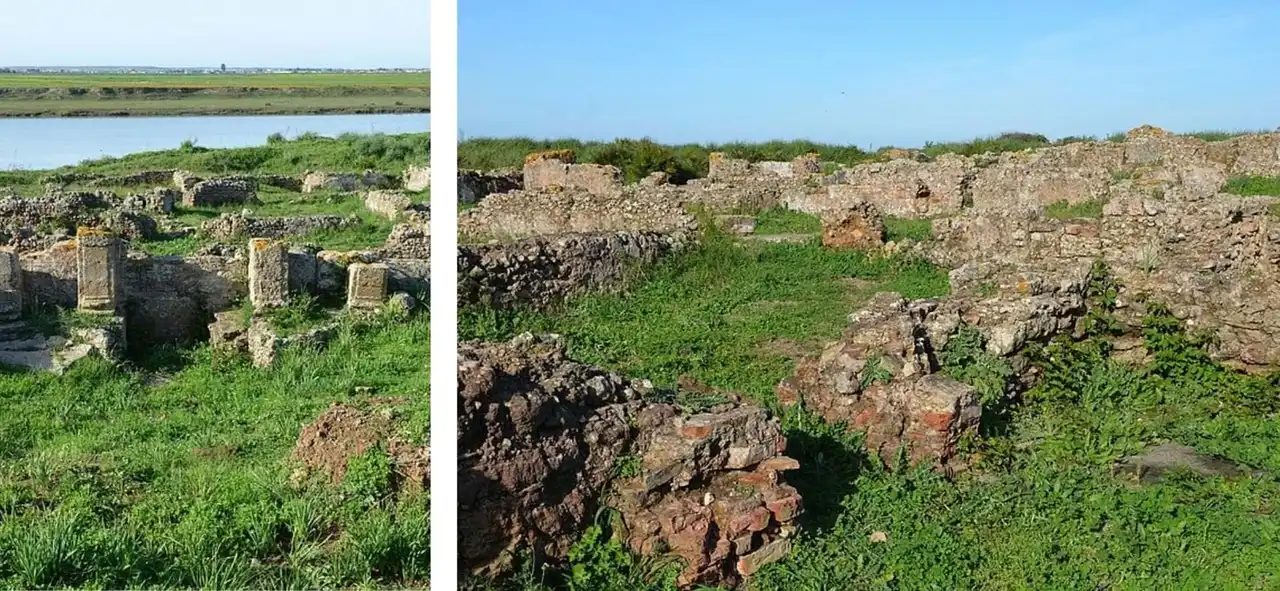
Photo credit: Wikipedia – Carole Raddato
Conservation status: ★
Public knowledge: ★★
Historical influence : ★★
Thamusida is an archaeological site in Morocco having been founded by Berbers. Located a few kilometres from Banasa, the two cities have a shared history. In particular, they were abandoned by the Romans in the third century.
Today, Thamusida enjoys an ideal setting on the edge of the River Sebou . It is a pleasant place for a walk. As for the ruins, cleared by the French in the early twentieth century, they are unfortunately few and maintained. It is difficult to recognize which building such a wall or such ruin belonged.
However, like Banasa, the objects that have been found are now preserved in the archaeological museum of Rabat.
The archaeological complexes
Rirha
Conservation condition: ★★
Public knowledge: ★★
Historical influence : ★★
Among the archaeological sites in Morocco, Rirha is one of the least documented. Today, archaeologists know that he dates from the Mauritanian era and that he has played the status of capital in Volubilis. Especially, they wonder if Rirha matches the city Gilde which, it, is mentioned in the texts.
In the course of history, the Romans occupy the city and enlarge it, before abandoning it at the turn of the fourth century. In the ninth century, the Arabs settled in Rirha before, too, abandoning it in the 14th century. Between the fourth and ninth centuries, the fate of Rirha is unknown.
Cromlech of M’zora
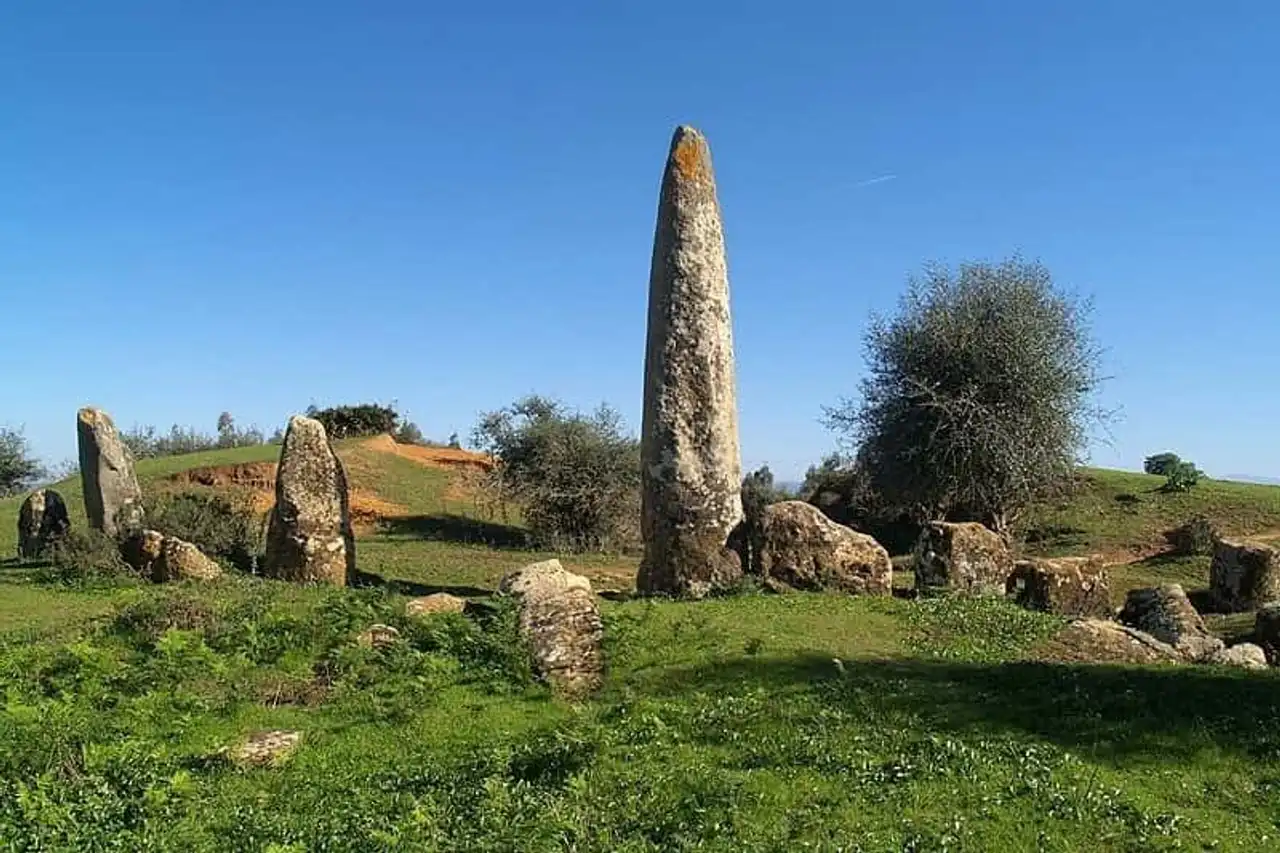
Photo credit: Wikipédia – Erwann ANDRE
Conservation condition: ★★★
Public knowledge: ★★
Historical influence : ★★
The Cromlech of M’zora is a unique place in North Africa. Indeed, among the archaeological sites in Morocco, it is the only megalithic, that is, only made up of stone constructions. Situated south of Tangier , its conservation is good.
For the anecdote, the Romans make it a legendary place, the tomb of a king defeated by Hercules ! What is certain is that, regardless of the subsequent occupations of Morocco, the site has remained such. This is why its dating is complex.
In the 20th century, the site is searched several times, which damages it. Today, the highest megalith preserved is 5 meters high and the premises call it el outed (the pike in Arabic).
The palaces and necropolises
The el-Badi Palace and the Saadian tombs of Marrakech
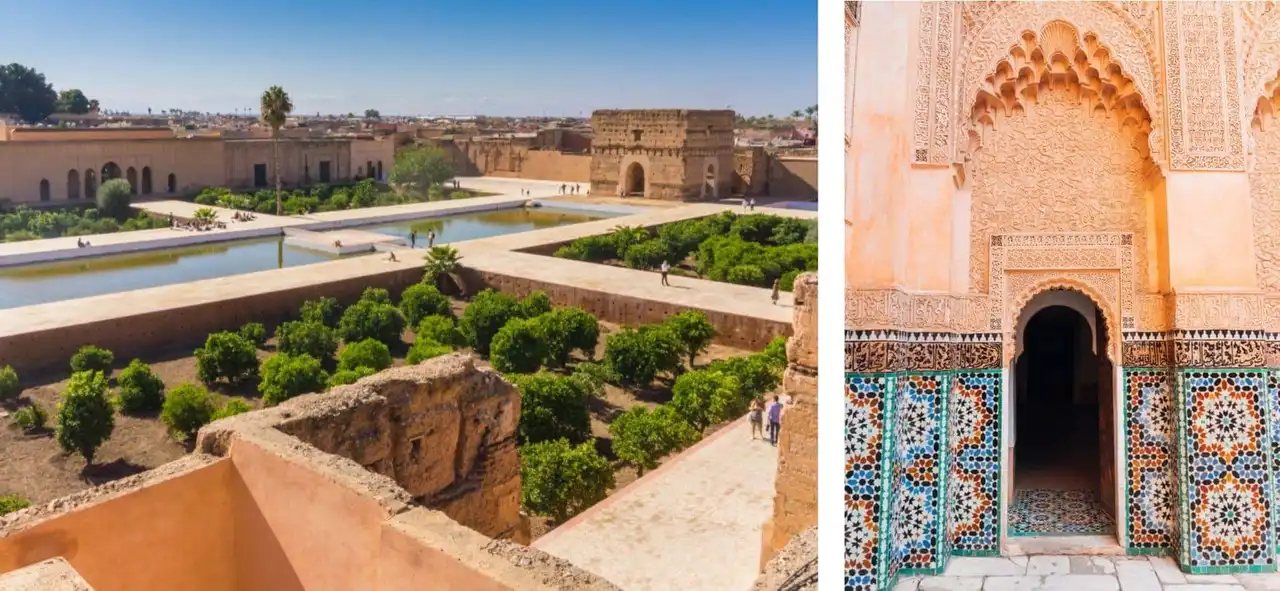
Photo credit: Shutterstock – iammattdoran > ShutterDivision
Conservation condition: ★★★★★
Public knowledge: ★★★★★
Historical influence: ★★★
Some must wonder what Marrakesh does among the archaeological sites in Morocco. The city is not known for its remains! Yet, Marrakech is one of the most beautiful in the Sahel era.
South of the Medina , close to the Kasbah district, are the el-Badi Palace and the Saadian tombs. These two buildings, which were once part of the same set, date from the 16th century and from the time of the rich sultan Ahmed al-Mansour . Although it is in ruins, the palace impresses by its immensity. Some annexes are well preserved, such as the hammam.
The Saadian tombs are intimately linked to the palace. They are the last home of the Saladian dynasty , including the famous Ahmed al-Mansour who even has his personal mausoleum! The Saadian tombs are one of the best witnesses of the 16th century Moroccan architecture.
Chellah (Sala Colonia)
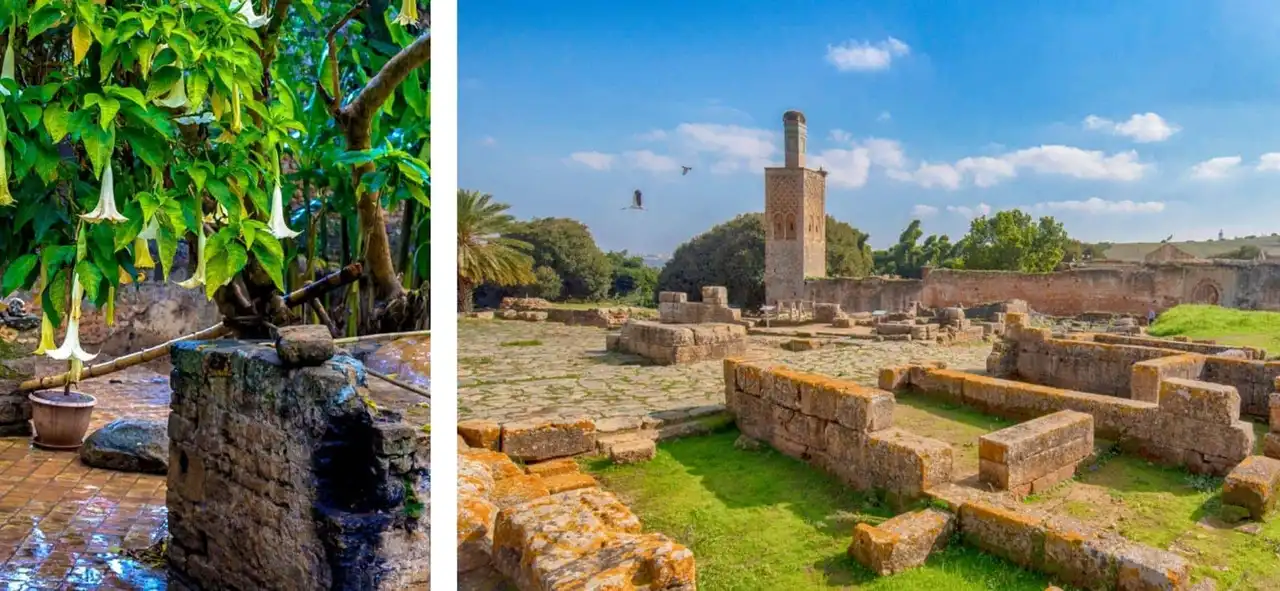
Photo credit: Shutterstock – Babok Natallia & Mitzo
Conservation condition: ★★★★
Public knowledge: ★★★★
Historical influence: ★★★
Chellah is located near Rabat. This archaeological site in Morocco is founded in the Mauritanian era. Later, the Romans take care of it and name it Sala Colonia . However, although rare Roman ruins persist, Chellah is famous for his Muslim necropolis, whose construction ended in 1339.
The necropolis is pretty well preserved. Its ramparts are almost intact, its door is sublime and the minaret of the thirteenth century is still standing. Chellah is a superb testimony of the Merinides period .
Today ranked as a UNESCO World Heritage Site, Chellah is a site popular with visitors.
Phoenician Tombs of Tangier
Conservation condition: ★★
Public knowledge: ★★★★★
Historical influence : ★★
The premises made it a place to meet. Yet the Phoenician tombs of Tanger form a rather important archaeological site in Morocco. Unfortunately, their state of conservation is not up to their testimony.
These tombs have the peculiarity of being cut into the rock and offer a breathtaking view of the sea. Today, the Phoenician origin of the tombs is debated. Recent research would show a Roman origin. In any case, it is a unique and amazing place that will delight the history and mysteries enthusiasts!
For our rating system, we used the following criteria:
– State of conservation: based on its date of construction and renovations, in which state is currently located the site;
– Public knowledge: the notoriety of the archaeological site for non-initiates;
- Historical influence: the historical importance of the site and its influence on the following civilizations.
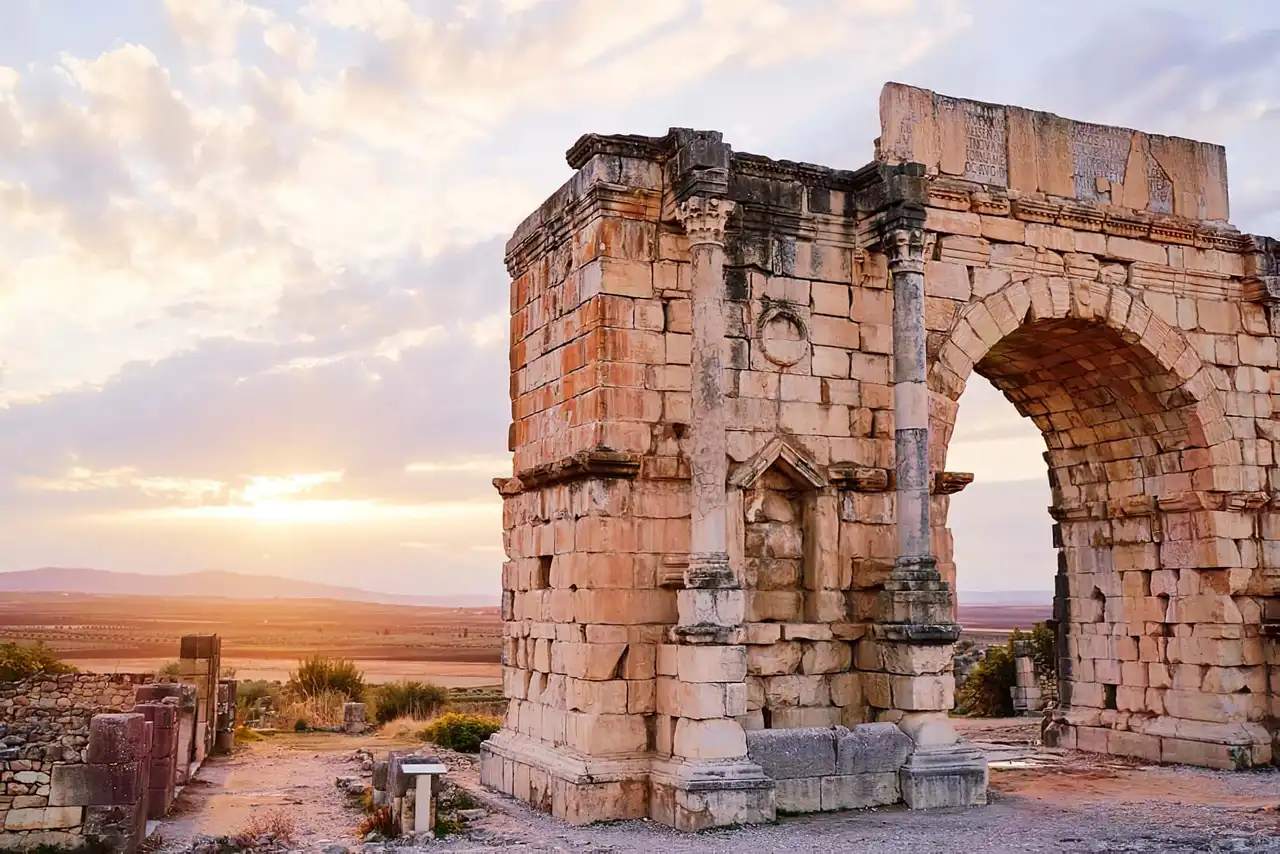






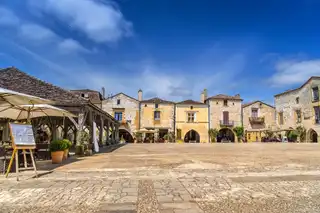
Loading comments ...